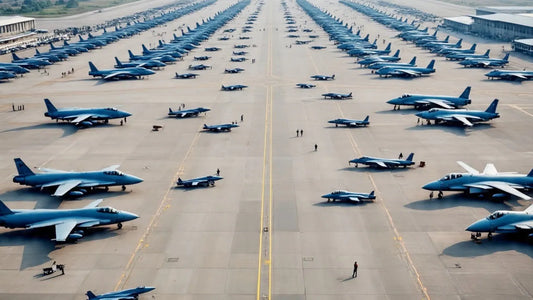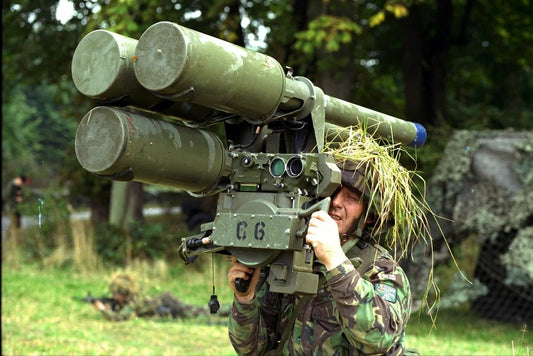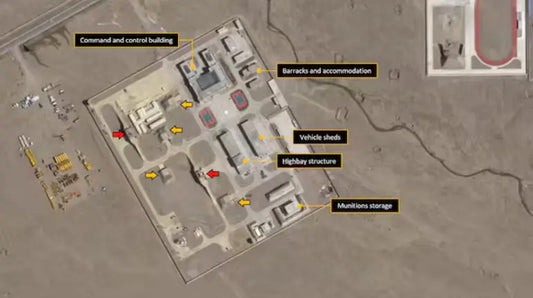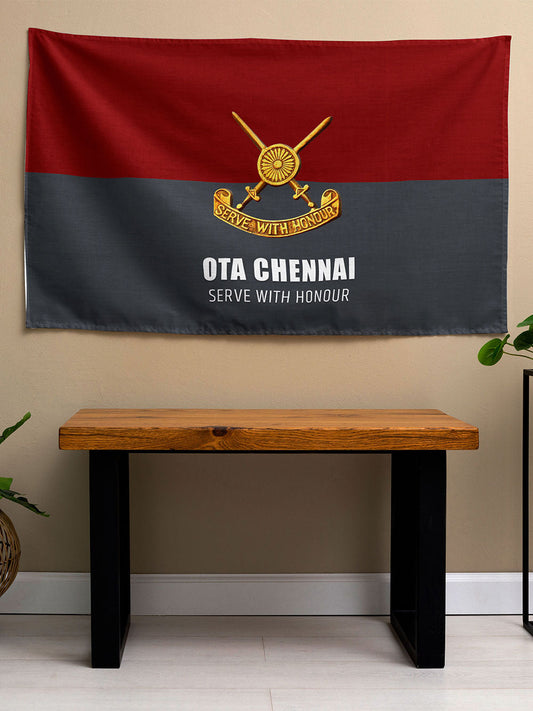HAL Shortlists Partners for India's Fifth-Generation Stealth Fighter Initiative
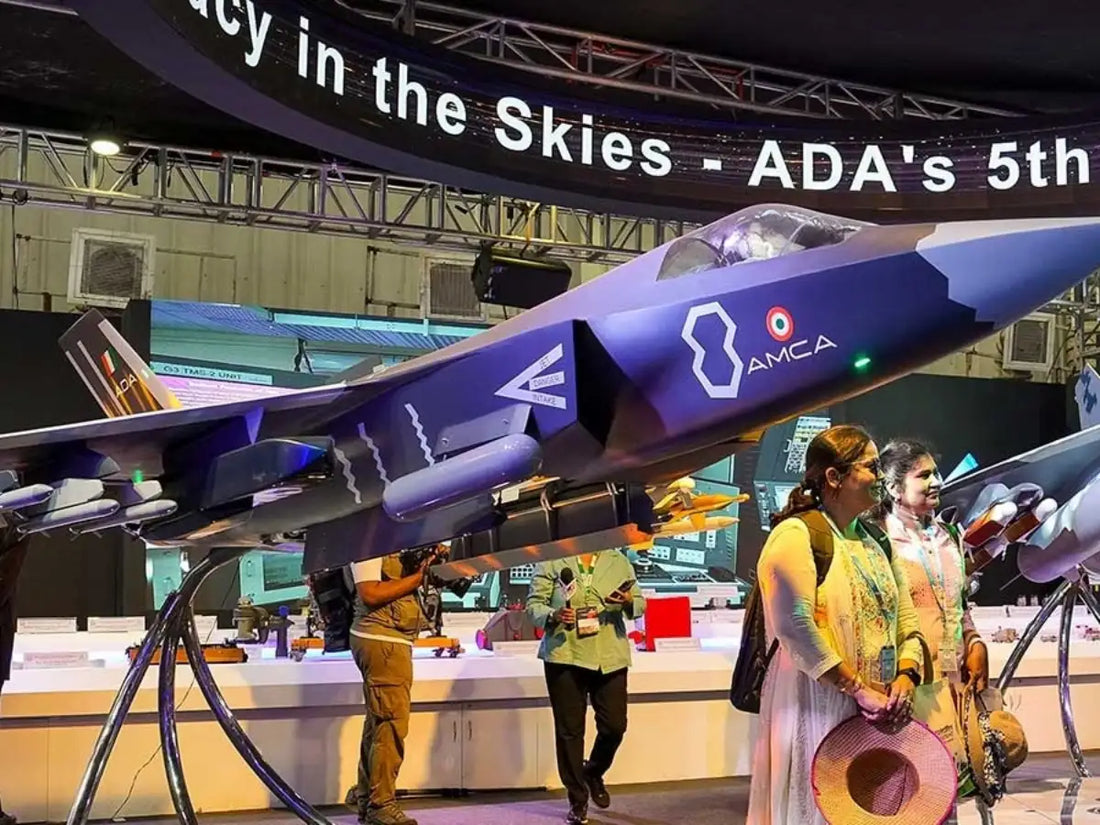
A total of 28 private companies have shown interest in collaborating with Hindustan Aeronautics Limited (HAL) on India's ambitious Advanced Medium Combat Aircraft (AMCA) programme, which aims to produce a fifth-generation stealth fighter. HAL chairman DK Sunil announced on Sunday that a shortlist of these firms is anticipated by September 30.
HAL has established a specialized committee tasked with reviewing the companies' proposals to select a maximum of two firms to form a consortium for the project. The chosen partners will work alongside HAL in executing one of India's most significant defense projects.
The companies responded to a HAL tender that called for private sector involvement in the AMCA programme. The committee is evaluating them based on their technical capabilities, past experience, financial robustness, and technological expertise. HAL is expected to present its proposed consortium to the Aeronautical Development Agency (ADA), which manages the AMCA project under the Defence Research and Development Organisation (DRDO), before the end of September.
"The evaluation focuses on capability, technology, financial standing, and prior experience. A consortium can include up to three partners. We are likely to propose one or two private firms to ADA," stated Sunil, highlighting the strong interest from major Indian aerospace companies.
This competitive execution model, approved by Defence Minister Rajnath Singh in May, opens up opportunities for firms such as Larsen & Toubro, Adani Defence and Aerospace, Mahindra Group, and Tata Advanced Systems Limited. The selected company will be responsible for establishing production facilities, developing prototypes, and supporting flight testing and certification of the AMCA.
The first prototype is expected to fly in 2029, with the development phase of the AMCA set to conclude by 2034, followed by series production a year later. The aircraft will weigh approximately 25 tonnes and will feature a swing-role design, enhanced survivability, advanced avionics, internal smart weapons storage, super-cruise capability, sophisticated mission computers, and comprehensive situational awareness.
The initial two squadrons will be equipped with Mk-1 variants powered by American F-414 engines. The subsequent Mk-2 variants will be fitted with an indigenous engine developed in collaboration between French company Safran and India's Gas Turbine Research Establishment (GTRE). The project aims for complete technology transfer to India, including intellectual property rights.
Advancing the AMCA programme is crucial in light of regional air power developments. China has already deployed its J-20 stealth fighters and is testing J-35 models, while Pakistan is considering acquiring advanced stealth aircraft. The Indian Air Force plans to deploy approximately 120 AMCA fighters, organized into six squadrons, starting from 2035 to bolster its modernization and deterrence strategy.
With HAL spearheading the programme and private firms contributing as partners, the AMCA project marks a significant step in enhancing India's domestic aerospace and defense manufacturing capabilities, ensuring technological self-reliance and expanding the nation's strategic reach.
